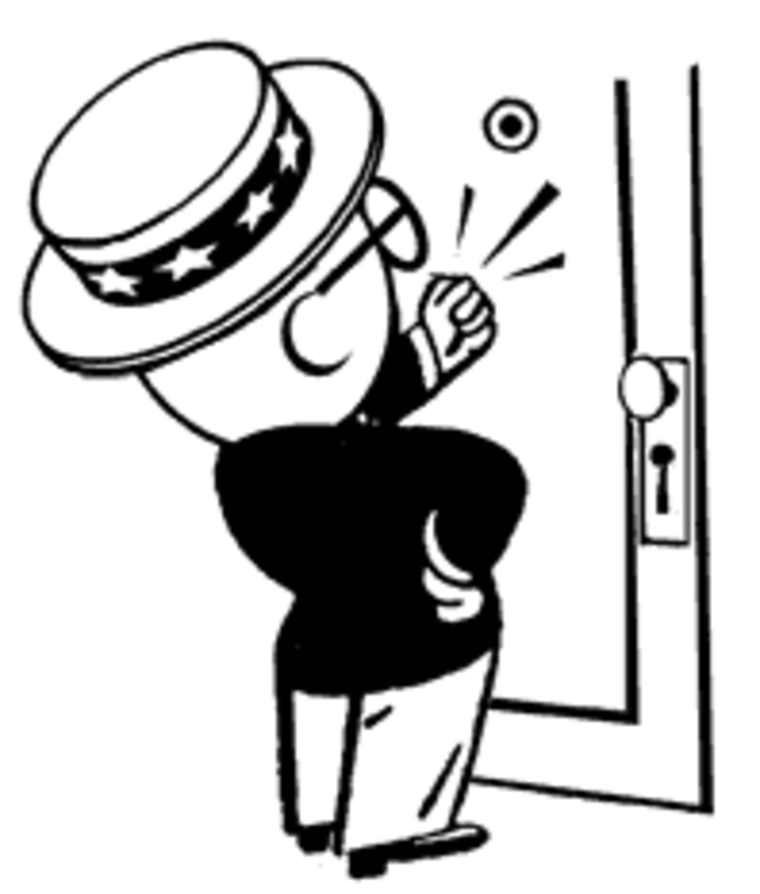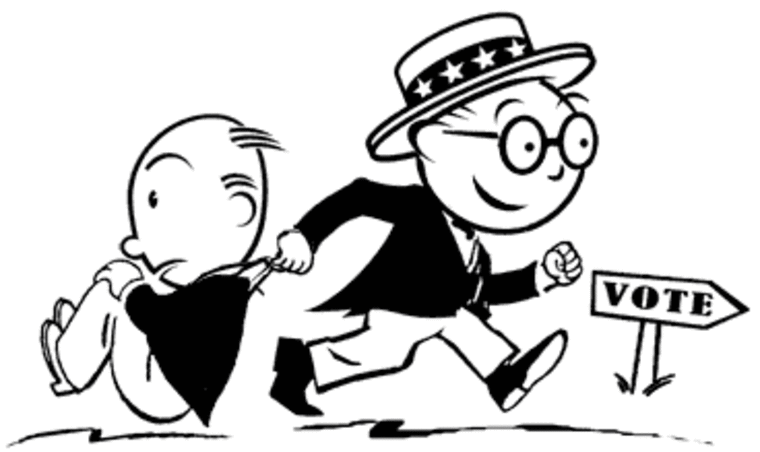Six months before Election Day
Parties search through voter file with voting history, consumer data (car owner or not, home owner or renter, gun owner, Sierra Club member, etc) to identify likely target voters. Parties conduct large sample survey of its universe of targeted voters to see what issues are bothering them, motivating them, angering them. Based on this survey, campaigns “cluster” sub-groups of voters in terms of profile of interests and concerns: middle-income Democratic blue-collar gun owners in rural Michigan, for example.
Based on sample survey and “anger points,” campaigns begin sending mail messages and doing phone banking to get targeted messages to specific sub-groups of voters (e.g. Republicans conveying an anti-gay marriage message to voters identified as “traditional marriage Democrats”)

Two weeks before Election Day
Campaigns do targeted door-to-door voter contact: Campaign workers for the Machinists Union go to the home of each targeted Machinist Union member on the two Saturdays before election to reinforce the message: “Ben Cardin will save union jobs; Ben Cardin opposes outsourcing.
Election Day itself

Campaign workers checks voter lists in each precinct to ensure that targeted voter have in fact cast ballots. If by 7pm target voter hasn’t shown up, a worker is sent to his home to drive him to the polling place.
